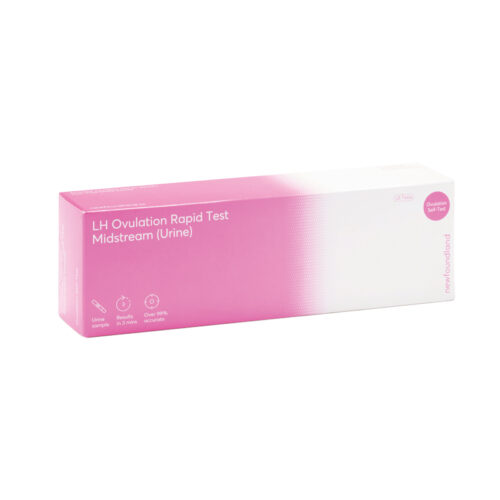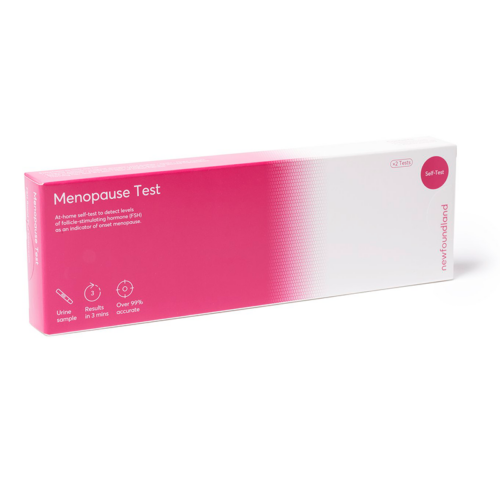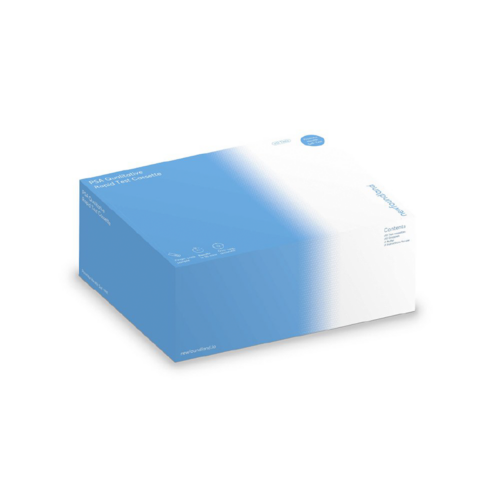Our at-home Vitamin D Test Kit provides fast and precise readings of your vitamin D levels in the blood. Understanding your vitamin D levels is crucial, as low levels have been linked to various physical conditions.
Introducing our innovative and user-friendly at-home Vitamin D Test Kit, designed to provide a fast and precise reading of your vitamin D levels in the blood. The importance of understanding your vitamin D levels cannot be overstated, as low levels have been associated with a wide range of physical conditions, including; osteoporosis, cardiovascular disease, diabetes, pregnancy complications, autoimmune diseases, strokes, cancers, Alzheimer’s and obesity, among others.
Being aware of your vitamin D levels can help you take proactive measures to remedy the situation. There are various food sources of vitamin D, including salmon, tuna, egg yolks and beef liver. Supplements can also be beneficial in increasing vitamin D levels.
Low vitamin D levels can also encourage you to spend more time outdoors, as sunlight exposure is a natural and effective way to boost vitamin D levels in the body. By making a conscious effort to get more sunlight, you can improve your vitamin D levels and enjoy the benefits of the “sunshine vitamin” on your nervous, immune and musculoskeletal systems.






Reviews
There are no reviews yet.